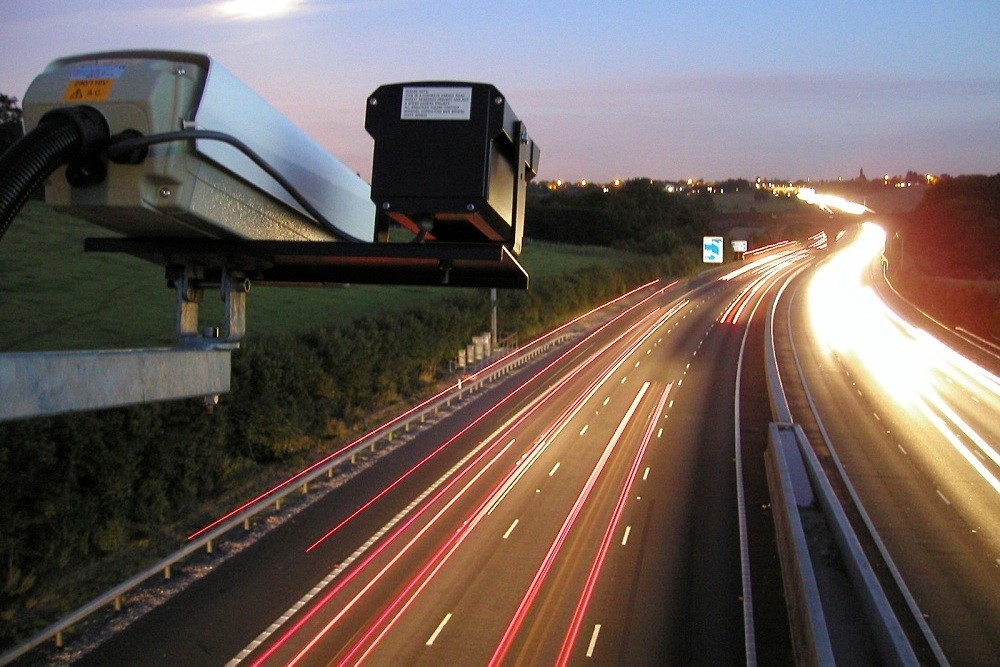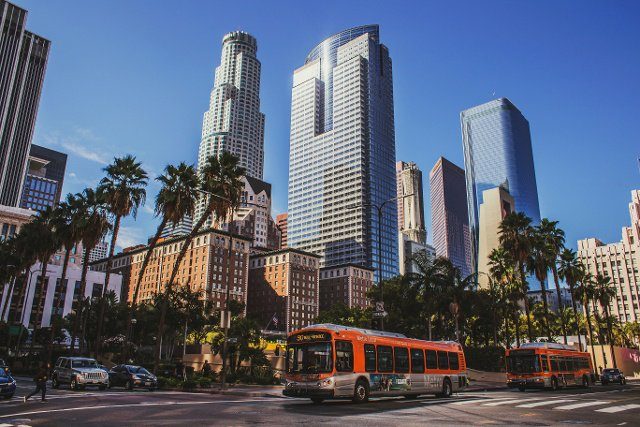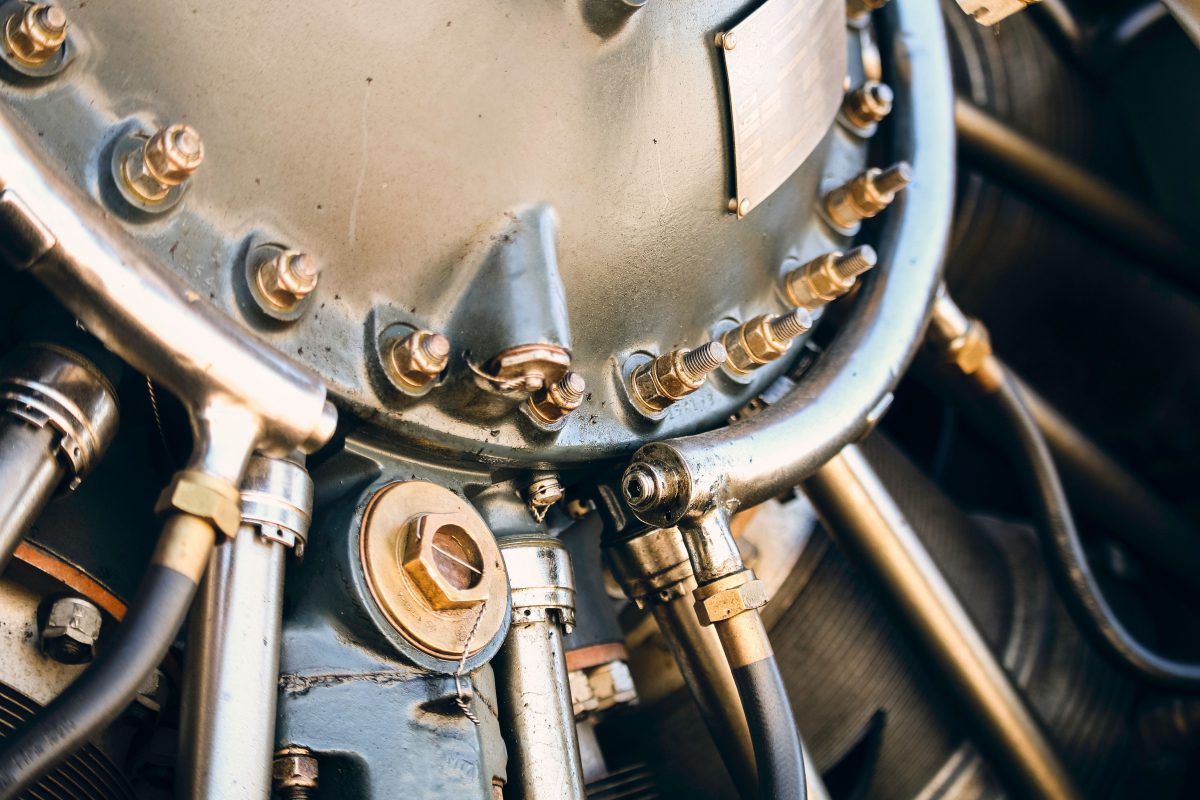Although both customers and employees alike tend to notice the obvious and prominent features of a transport system, such as the look and feel of the vehicles, sometimes it's the invisible things that make all the difference. Even the newest or best-looking vehicle relies on myriad other elements in order to travel its routes safely and on-time, which would be incredibly challenging without a good transportation management solution.
A good fleet management company can make all the difference in the success of the businesses that retain them, by keeping fleet vehicles and assets in peak condition, routes and services on time and under budget, and customers and stakeholders happy. The best fleet management professionals are also capable of keen analysis, and are able to learn from the past in order to plan for the future, in order to limit costs while increasing efficiency and satisfaction.
What would be an easy and straightforward task for many people, such as going to a doctor's visit or to pick up groceries, can be a huge ordeal for the elderly and disabled members of our population. Without a car of their own, and the ability and resources to drive it, getting from one location to another within a city without hiring a driver will most likely require public transportation. However, a regular city bus may not work for some disabled or elderly, due to first-mile and last-mile transport issues with getting to or from a stop, or scheduling limitations, or other factors, in which case paratransit services can step in to fill that important need.
Behind every successful transportation company, field service business, and transit agency lies a good fleet management system. Being able to track drivers and their performance, along with the routes themselves and the current position of a given vehicle on them, as well as all the vehicles and other assets along the way from acquisition to repair to retirement, is a key part of an efficient operation.
In many rural communities, getting from one location to another without having a vehicle is a really big deal, and getting everything from food to medicine can be a trial in itself. With low population densities and the tendency for small towns to have some distance between them, rural areas aren't very conducive to the types of transit operations present in cities. However, there is a very real need for new rural transit options, and the need for existing transportation systems in rural areas to step up their game to meet the needs of more riders.





